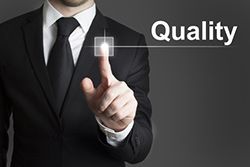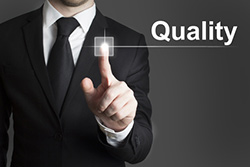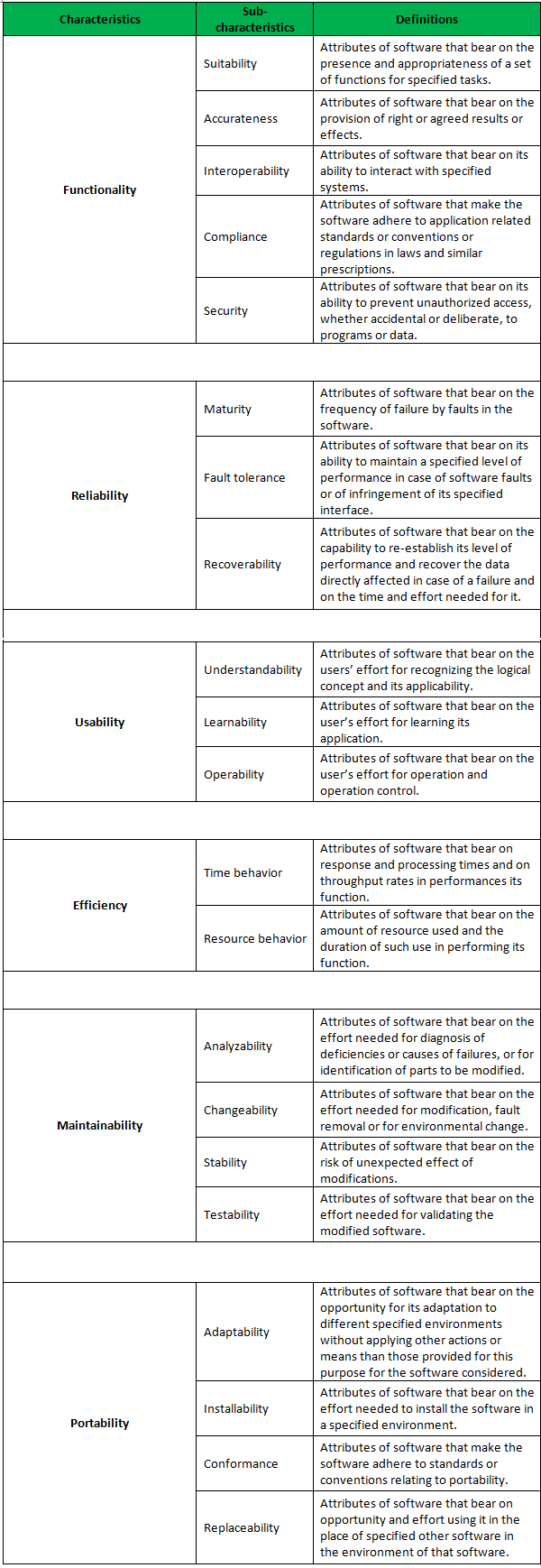Sprint Reviews – Learning’s from the Movies
My wife and I saw two movies over the holidays. One was The Hobbit: The Desolation of Smaug and the second was The Hunger Games: Catching Fire. Both were the second episodes in a three part series. I suspect both were shot at the same time as their concluding episodes as well.
No, this is not a movie review, although both of them were “reasonable” follow-ups to their opening episodes. But both also had a similarity—one that bugged both my wife and I very much.
Both of them left you (the audience, the customer) hanging at the end. And I’m not talking about a subtle ending that hinted at a future plot direction. I’m talking about an abrupt, no warning at all, CUT off of the movie in lieu of the next (and hopefully final) installment.
It was so abrupt that it was painful and it tainted our impressions of the overall movies. In fact, that’s all we’ve been talking about afterwards. Not so much the positives or the things we enjoyed, but how rude the ending was. How blatantly it disregarded the experience of the audience in order to tack on another episode.
But enough about that. Yes, we were unhappy, but that’s not the point of this article. It struck me that many sprint reviews are like these movies and I want to explore some things to consider for your sprint reviews or demo’s. Call it lessons learned or inspired from these two movies and movies in general.
Here are 5 things to consider when you’re executing your Sprints and planning your Demo’s:
Tell a Story
Some of the most challenging demos are where the team insists on showing everything they’ve done in the sprint AND where the work is disparate and not well connected. I’d much rather the team tell a cohesive story with their efforts for the sprint and tie it to their sprint goal. Another part of story telling is sharing the “behind the scenes” challenges and efforts. For example, how did you plan, what got in your way, how did the team swarm around the work, and how was adversity met – are all questions I might have. I’m often interested in the teamwork and trade-offs as I am in the results themselves.
Practice
I’m sure in most movies the actors don’t just “dive in” and make up their scenes and the dialogue as they go. There are storyboards, planning, and of course, the script. All go into the practice and preparation to make the story unfold in a smooth fashion. I’m not suggesting that any agile team needlessly prepare for the sprint demo, but they should be ready. Have a “script” and do a dry run if you need to. Make sure your audience experiences a strong and thoughtful demo versus your unpreparedness.
Focus on What’s Important
I’ve often heard folks complain that a movie didn’t exactly follow the book. That much of the story had been modified or cut out. I often think to myself what a move would look like if the scripts exactly followed the book. How long and how boring would it be? I think movie adaptations for books must focus on the important threads of a story. Themes matter, priority matters, and you have to be comfortable with trimming things down to their essence via “just enough” and “just in time” thinking.
Connect the Dots – Coming Attractions
One of my “pet peeves” for sprint demo’s is that they need to avoid stand-alone deliver. I like it when they connect the results in the current sprint to past AND future deliverables. Aligning with whatever release plans, roadmaps, or strategy your organization has. Another part of connecting the dots is talking about look ahead, as it relates to architecture, design, dependencies, and integrated testing. Show attendees that you’re not only delivering in the small (sprint), but that you have the “big picture” in mind.
Endings Matter
And back to my two latest movies, please realize that endings matter. You want to leave your audience fully understanding what you’ve delivered and the “big hairy business why” behind it. And you want to tease then with the future by connecting the dots forward. BUT, you want to do it with thoughtfulness and subtlety. Provide insufficient connection, and they won’t know what’s next. So they might not come to your next “performance”. But do it too heavy handed, and they might forget everything else but the hard sell at the end.
And here’s something I like to do in my Sprint Demo’s that movies can’t really do. I like to gain immediate feedback from the audience. You might try the Fist-of-Five as a quick technique to see how everyone feels about the show 😉
Wrapping Up
I continue to be amazed by the soundness of basic agile principles, ceremonies and tactics. That something as simple as a Sprint Review or Demo has so much variability in it – from doing it poorly to doing it incredibly well.
This is where the team comes into play in collaborating around and planning high-impact sprint reviews. One of the biggest mistakes a team can make is falling into a tempo of doing the same old, by-rote sprint reviews. And then wondering why attendees are falling asleep or missing in action.
Consider each Demo to be a unique presentation or movie. Give it its due and consider the above when crafting each performance. Your customers will appreciate you for it.
Stay agile my friends,
Bob.
BTW: here’s a link to a more thorough discussions I’ve had on Sprint Reviews or Demo’s:
- Slide deck
- Webinar
- Blog post
all are somewhat interrelated
Don’t forget to leave your comments below.

 Today’s software applications are fundamentally different in nature as compared to what we have seen them till very recently. It is primarily in terms of how they are being developed, their complex architecture, variety of usage by end users, varying needs of users from the applications and its ability to sustain to big data needs. So it is of paramount importance that the applications are envisaged rightly for these needs and are ensured that it is getting rightly built throughout the life cycle phases of the same i.e. conceptualize to deployment. Continuous Application Quality Management (CAQM) is simple approach that will help all the software application teams to join hands and ensure the right application with right quality is delivered thought the life cycles. The testing team OR quality assurance team can play extremely important role in the same by providing right orchestration and collaboration of various independent teams of software development like BA, designer, architects, user experience team, QA, developers and many others. This article reveals the CAQM approach with some relevant tips and tricks of how to go about it.
Today’s software applications are fundamentally different in nature as compared to what we have seen them till very recently. It is primarily in terms of how they are being developed, their complex architecture, variety of usage by end users, varying needs of users from the applications and its ability to sustain to big data needs. So it is of paramount importance that the applications are envisaged rightly for these needs and are ensured that it is getting rightly built throughout the life cycle phases of the same i.e. conceptualize to deployment. Continuous Application Quality Management (CAQM) is simple approach that will help all the software application teams to join hands and ensure the right application with right quality is delivered thought the life cycles. The testing team OR quality assurance team can play extremely important role in the same by providing right orchestration and collaboration of various independent teams of software development like BA, designer, architects, user experience team, QA, developers and many others. This article reveals the CAQM approach with some relevant tips and tricks of how to go about it.




